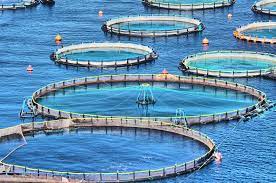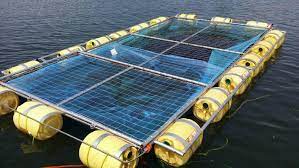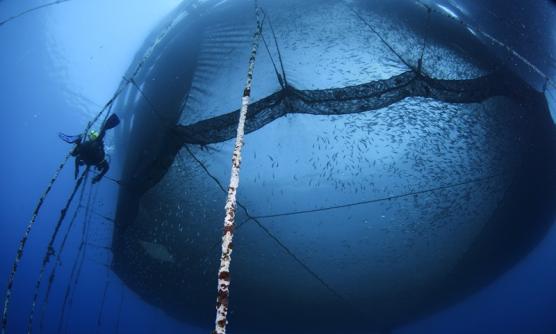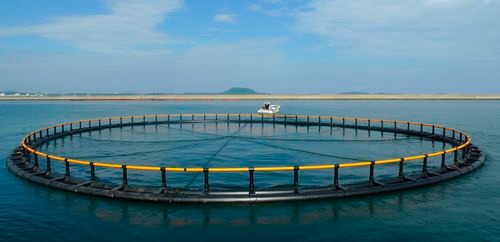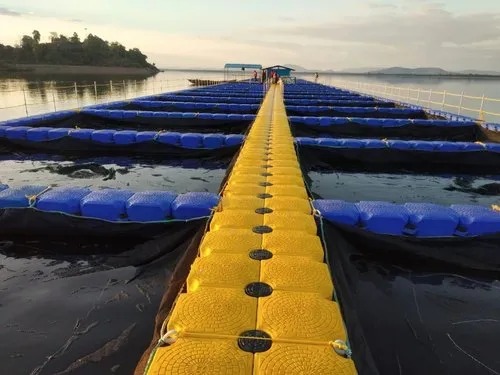SRO+ offers a number of different environmentally friendly
fabrics for use in aquaculture and the aquaculture industry.
Our technical textiles for the ocean industries are extremely
durable and help to solve the major problem of microplastic
pollution in the ocean and the natural environment. We
collaborate closely with central players in the aquamarine
industry to develop sound, sustainable solutions.
SRO+ technical textiles for ocean industries
-
100% recyclable material, free from lead and microplastic.
-
Extremely durable: Long lifespan, minimal maintenance, low
cost.
- Reduces microplastic in the ocean.
-
At the end of their lifespan, our products can be recirculated
via our recovery scheme reception scheme and subsequently
reused/recycled.
Applications
Waste Management:
-
Geotextiles are utilized for storing and dewatering solid
wastes in aquaculture systems. This helps in managing waste
more efficiently and maintaining cleaner water conditions.
Disease Prevention:
-
Physical barriers made from geotextiles can separate different
materials, species, or groups of fish. This separation is
essential for preventing and controlling the spread of
diseases within fish populations. By quarantining sick or
diseased fish, handlers can treat them without risking the
health of the entire stock.
Environmental Improvement:
-
Geotextiles help trap and remove pollutants, sediments, and
debris from aquaculture environments. This not only reduces
the risk of disease but also contributes to a healthier and
more sustainable ecosystem for fish farming.
Habitat Enhancement:
-
Geotextiles can serve as substrates for probiotic bacteria,
which play a vital role in controlling fish diseases through
competition with pathogens and stimulation of the fish’s
immune system. Additionally, these textiles can reduce
aggressive interactions and stress among fish by providing
structured environments, which is particularly beneficial in
overcrowded conditions.
Aquaculture Infrastructure:
-
Geotextiles are used in the construction of pond liners, tank
liners, and other support structures for aquaculture. These
materials provide durable and stable foundations, essential
for the longevity and efficiency of aquaculture systems.
Benefits
Enhanced Sustainability:
-
By improving waste management and disease control, geotextiles
contribute to more sustainable aquaculture practices.
Healthier Fish:
-
Reduced disease prevalence and improved environmental
conditions lead to healthier fish populations, which is
beneficial for both farmers and consumers.
Economic Efficiency:
-
Better waste management and disease prevention can reduce
operational costs and increase the profitability of
aquaculture ventures.
